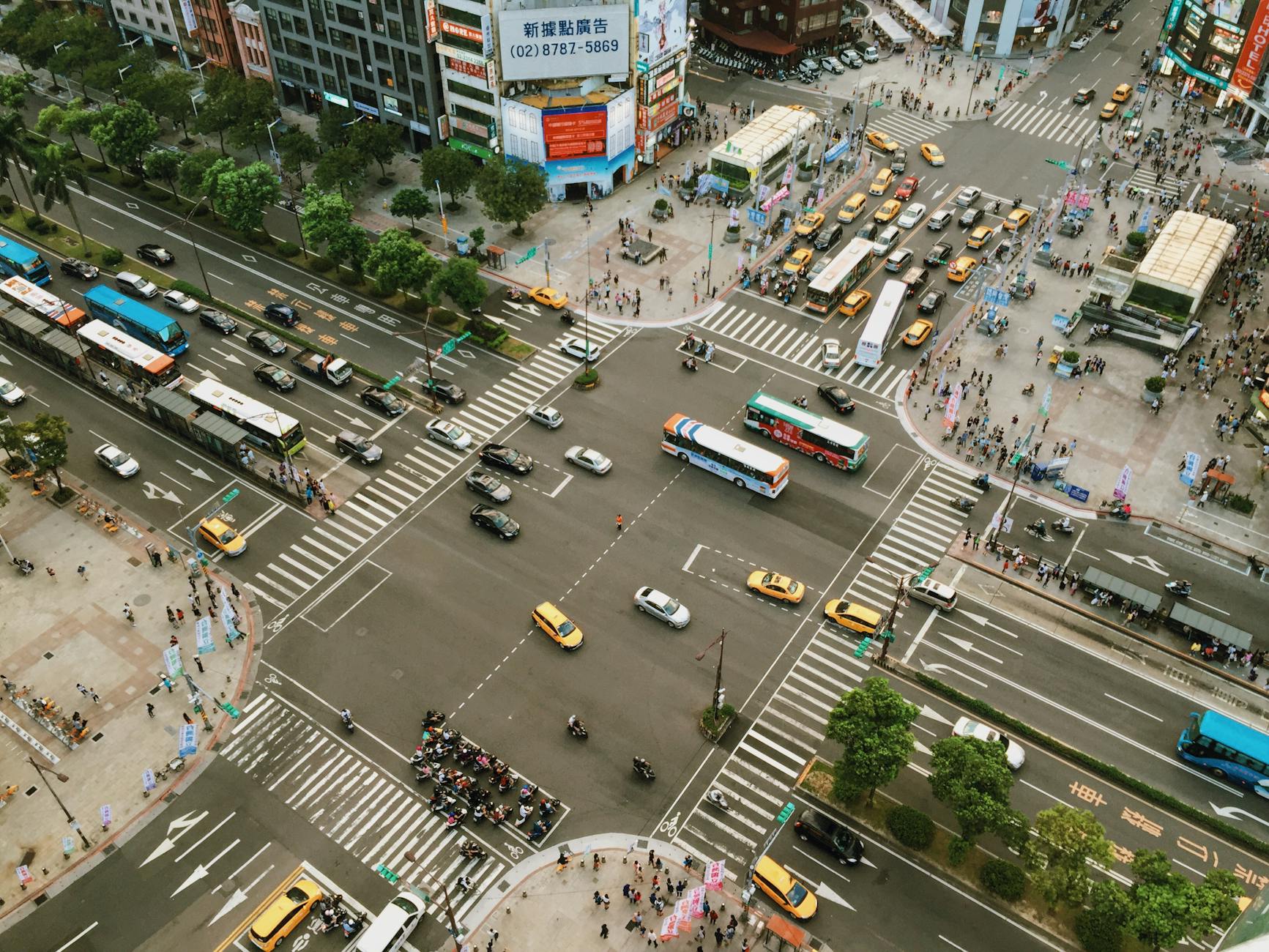Are You Aware of the Sustainable Travel Options from Australia to Antarctica?

Exploring Sustainable Travel
Travel can be an incredible tool for connecting with and appreciating the world, yet doing so responsibly is crucial. Sustainable travel ensures our adventures don't come at the expense of the environment. It's about making choices that minimise ecological impact, reflected in many initiatives developed to change how we explore places like Antarctica and South America. Whether you're embarking on South America holidays or Antarctica cruises, adopting environmentally conscious practices can make a significant difference.
To make our travel truly sustainable, we can look at various factors. For instance, eco-friendly tourism focuses on protecting biodiversity and cultural heritage, promoting community well-being, and reducing carbon footprints. Aligning with these goals often involves selecting green accommodations, supporting local economies, and engaging in low-impact activities.
There's a growing trend in the travel industry to adopt eco-initiatives. These include using renewable energy sources for transportation, employing waste reduction strategies, and conserving natural habitats. It's an effort supported by academics at the University of Melbourne’s School of Geography, where the focus is on research and solutions to environmental challenges.
As lovers of both travel and the environment, let's ensure our journeys are guided by the principles of sustainability. We not only reduce our footprint but also enrich our experiences by genuinely engaging with the places we visit and supporting initiatives that promote long-term ecological health.
Available Routes and Options
Direct vs. Indirect Routes
As someone deeply interested in sustainable travel, it's worth considering the ecological impact of choosing between direct and indirect routes when travelling from Australia to Antarctica. Direct flights can significantly reduce emissions by minimizing the number of take-offs and landings. However, indirect routes might offer a chance to explore additional destinations, such as South America tours, aligning with an interest in environmentally conscious travel. During your journey, consider visiting Melbourne's own Royal Botanic Gardens Victoria for inspiration on maintaining green practices even in your travels. Engaging with local initiatives can provide insight into implementing sustainable strategies, reflecting practices you might encounter on your Antarctic journey.
Responsible Cruise Lines
Selecting a cruise line with a commitment to sustainability is crucial for minimizing your environmental impact. Many responsible operators have adopted eco-friendly policies, such as reducing single-use plastics and supporting conservation efforts in Antarctic waters. Consider cruise lines that prioritize waste reduction and energy efficiency, contributing positively to marine ecosystems. Engaging with the community at the University of Melbourne’s School of Geography can offer further insights into the best practices in selecting such operators.
Eco-Friendly Expeditions
Eco-friendly expeditions focus not just on reducing their carbon footprint but also on supporting scientific research and conservation initiatives. Participating in these expeditions allows you to contribute to crucial environmental studies while experiencing the pristine beauty of the continent. Aligning with your values of creativity and meaningful connections, these journeys can offer opportunities to contribute to significant environmental causes and foster a deeper understanding of the region's ecological needs.
Environmental Considerations
Impact on Local Wildlife
When considering Antarctic tours from Australia, it’s crucial to understand the implications of tourism on local wildlife. The unique ecosystems of the Antarctic can be sensitive to disturbances. Tourists can unknowingly disrupt nesting sites or feeding grounds, which can have larger ecosystem effects. It is important to follow environmentally conscious travel guidelines to minimise these impacts. When on an Antarctic tour, make sure to maintain a safe distance from wildlife, avoid sudden loud noises, and learn about the habits and habitats of the animals you might encounter. Being informed and respectful helps protect these magnificent creatures and their delicate environment.
Carbon Footprint Reduction
Travelling to Antarctica involves long distances and, inherently, a significant carbon footprint. As sustainability advocates, we must look for ways to mitigate this impact. Selecting low-emission transport options and supporting tour operators that invest in renewable energy projects are essential steps. The University of Melbourne's School of Geography often emphasises the importance of calculating and offsetting one’s carbon footprint as part of any travel plan. Carbon offset programs can support initiatives like reforestation and renewable energy development, contributing to a sustainable future.
Conservation Efforts
Supporting Antarctic conservation efforts is vital for ensuring the longevity of its pristine landscapes. Many tour operators actively contribute to scientific research and preservation projects. By choosing operators committed to these causes, we can help protect the Antarctic’s biodiversity and unique geographical features. Initiatives like these play a significant role in maintaining the ecological balance and beauty of this remote destination. Understanding and participating in these conservation activities enhances our travel experience and fosters a deeper appreciation for the Antarctic and its global significance.
Planning Your Trip
Timing the Journey
Planning a trip to Antarctica from Australia requires careful timing, as the region's accessibility is limited to specific months. The summer season, from November to March, is generally the most favourable period to visit. During these months, the ice melts enough to allow ships and flights in, ensuring a safer passage and more comfortable conditions to explore. When arranging your itinerary, consider any particular events you might want to witness, like the blooming of native flora or the hatching of penguin chicks. Aligning your travel dates with these natural occurrences can enrich your experience and offer unique insights into the region's ecosystem.
Necessary Travel Gear
Preparing for a trip to the icy landscapes of Antarctica involves packing appropriate gear to ensure safety and comfort. Essential items include an insulated jacket, waterproof boots, thermal layers, and high-SPF sunscreen to protect against the sun's harsh glare reflecting off the snow. Don't forget to bring eco-friendly toiletries to minimise environmental impact during your journey. The harsh weather conditions demand you stay updated on recent gear innovations that might improve your safety and enjoyment during the trip.
Choosing Sustainable Operators
Selecting a tour operator committed to sustainability is crucial for environmentally conscious travel to Antarctica. Look for those certified by global environmental organisations, focusing on reducing carbon emissions and supporting local conservation projects. By prioritising operators that align with sustainable practices, you contribute positively to environmental efforts, similar to the initiatives taught at the University of Melbourne's School of Geography. Being mindful of the ecological footprint of South America travel is equally important; consistent support for sustainable operations across all travel destinations furthers global conservation efforts.
Common Mistakes to Avoid in Sustainable Travel
Overlooking Regulations
As stewards of our planet, understanding and respecting governmental and local regulations is pivotal when planning an eco-friendly trip to Antarctica. Before embarking, one should familiarise themselves with the Protocol on Environmental Protection to the Antarctic Treaty. This vital document underlines the importance of renewable energy and waste management practices. Ignorance or non-compliance can lead to significant ecological disruption. Engage with the University of Melbourne's School of Geography for insightful resources on the legal frameworks that guide Antarctic conservation efforts. These regulations are not just guidelines—they are critical to preserving the pristine environment we all cherish.
Ignoring Environmental Impact
A trip to Antarctica is not merely an adventure; it is an opportunity to model sustainable behaviour. One common pitfall is underestimating the ecological footprint associated with travel logistics. Prioritising low-impact travel modes and offsetting carbon emissions is essential. The Royal Botanic Gardens Victoria offers innovative projects that highlight how even small changes can have substantial impacts. As conscious travellers, we can opt for eco-friendly expeditions that operate on sustainable practices, ensuring the preservation of fragile habitats like Antarctica’s unique polar ecosystems.
Misunderstanding Local Cultures
While Antarctica may not have indigenous people, it is home to a rich blend of temporary communities, from scientists at research bases to logistic teams. Misunderstanding the cultural dynamics of these communities can hinder cooperation and sustainability efforts. Engage with teams at sites like Scienceworks in Spotswood to gain insights into the human aspect of Antarctic research. Cultivating a respectful understanding of these human elements is as critical as safeguarding wildlife, helping us all forge a conscientious path forward.


